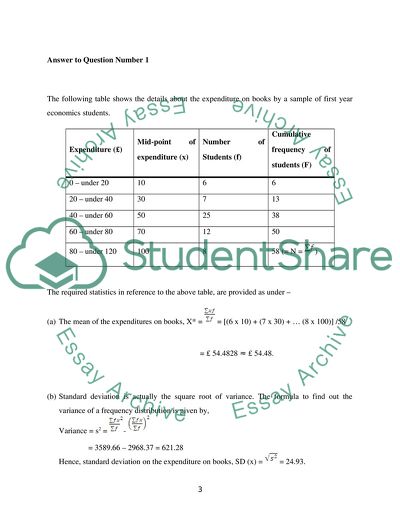Cite this document
(EXCEL Output and Drawing upon Statistical Procedures Dissertation, n.d.)
EXCEL Output and Drawing upon Statistical Procedures Dissertation. Retrieved from https://studentshare.org/statistics/1730431-coursework-exercise-using-excel-output-and-drawing-upon-statistical-procedures-to-analyse-economic-data-word-equivalent-2500-words
EXCEL Output and Drawing upon Statistical Procedures Dissertation. Retrieved from https://studentshare.org/statistics/1730431-coursework-exercise-using-excel-output-and-drawing-upon-statistical-procedures-to-analyse-economic-data-word-equivalent-2500-words
(EXCEL Output and Drawing Upon Statistical Procedures Dissertation)
EXCEL Output and Drawing Upon Statistical Procedures Dissertation. https://studentshare.org/statistics/1730431-coursework-exercise-using-excel-output-and-drawing-upon-statistical-procedures-to-analyse-economic-data-word-equivalent-2500-words.
EXCEL Output and Drawing Upon Statistical Procedures Dissertation. https://studentshare.org/statistics/1730431-coursework-exercise-using-excel-output-and-drawing-upon-statistical-procedures-to-analyse-economic-data-word-equivalent-2500-words.
“EXCEL Output and Drawing Upon Statistical Procedures Dissertation”, n.d. https://studentshare.org/statistics/1730431-coursework-exercise-using-excel-output-and-drawing-upon-statistical-procedures-to-analyse-economic-data-word-equivalent-2500-words.


